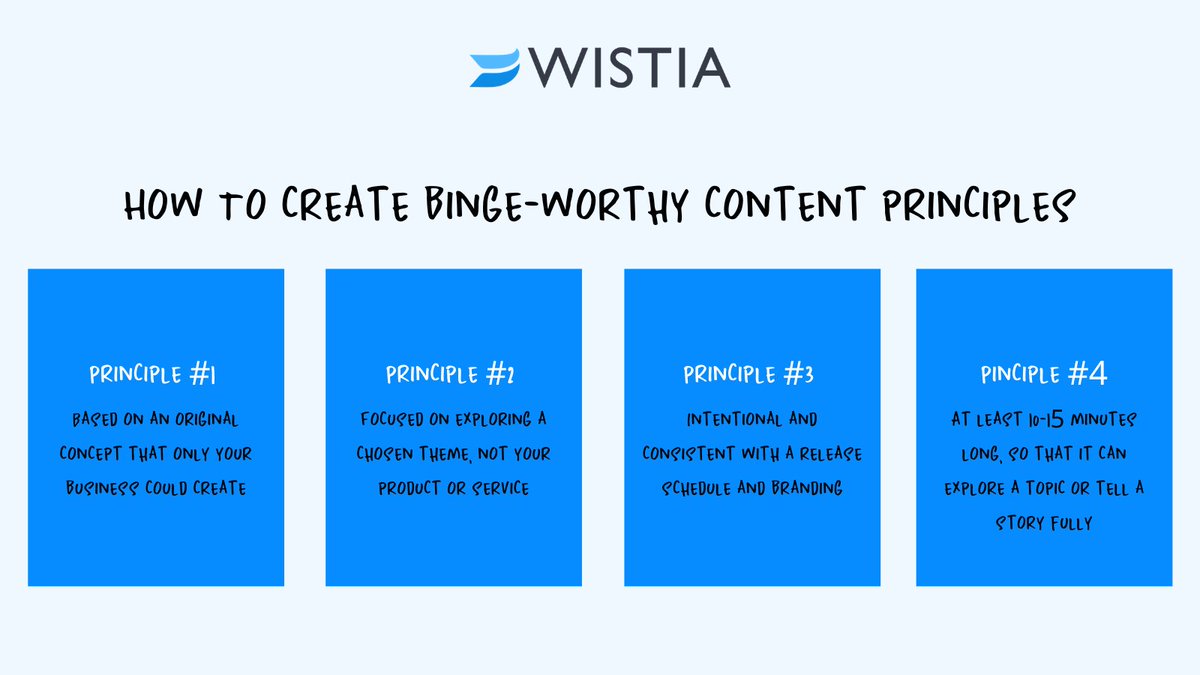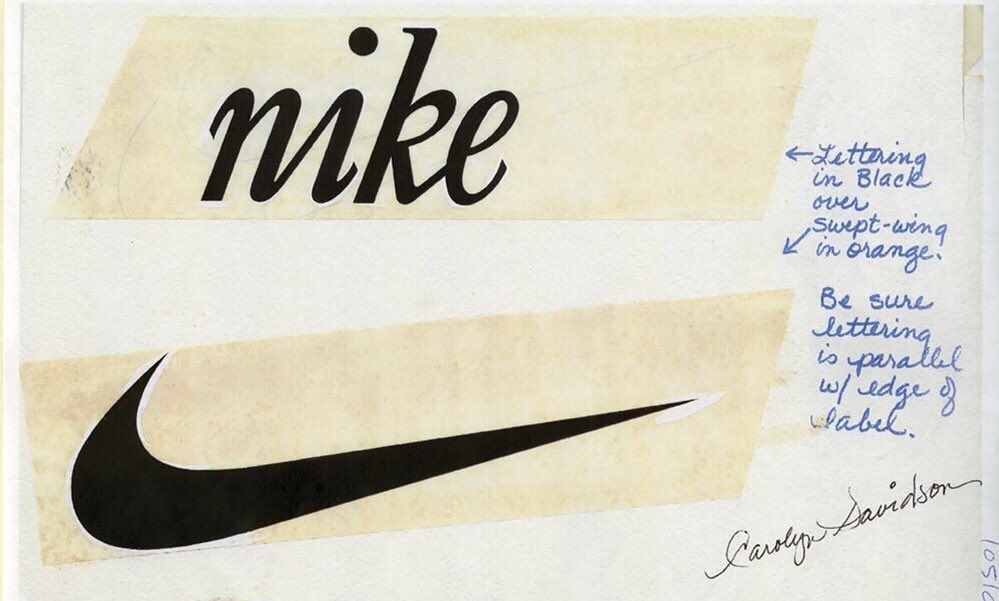
1/ In today's content-saturated world, brand awareness isn’t enough.
Everyday brands battle for impressions. In reality, consumers want to be impressed.
To differentiate, brands should focus on brand affinity.
This results in super fans + scaling.
How to do it + examples 🧵
Everyday brands battle for impressions. In reality, consumers want to be impressed.
To differentiate, brands should focus on brand affinity.
This results in super fans + scaling.
How to do it + examples 🧵

2/ First, let’s define brand awareness.
Brand Awareness is defined as the extent to which consumers are familiar with the distinctive qualities or images of a brand.
Meaning, someone knows of your brand.
Impressions don’t mean impressed.
We want consumers to be impressed.
Brand Awareness is defined as the extent to which consumers are familiar with the distinctive qualities or images of a brand.
Meaning, someone knows of your brand.
Impressions don’t mean impressed.
We want consumers to be impressed.

3/ Here’s where brand affinity comes into play.
Brand affinity is driven by brand advocacy.
Brand advocacy = impressed.
So if brand awareness means someone knows of your brand…
...brand affinity means someone LIKES your brand.
Brand affinity is more like a magnet.
Brand affinity is driven by brand advocacy.
Brand advocacy = impressed.
So if brand awareness means someone knows of your brand…
...brand affinity means someone LIKES your brand.
Brand affinity is more like a magnet.

4/ So how do you create brand affinity?
Consistent, Binge-Worthy, episodic content.
This kind of content keeps consumers locked in on your brand time after time resulting in developing a connection/relationship.
These are Wistia’s principles on creating binge-worthy content:
Consistent, Binge-Worthy, episodic content.
This kind of content keeps consumers locked in on your brand time after time resulting in developing a connection/relationship.
These are Wistia’s principles on creating binge-worthy content:

5/ Let’s look at real-world applications now.
Three brands doing this flawlessly are:
1. Laugh Out Loud Productions - Cold as Balls
2. Complex - Hot Ones
3. The Hustle - Daily Email & Sunday Story
Time to dissect them…
Three brands doing this flawlessly are:
1. Laugh Out Loud Productions - Cold as Balls
2. Complex - Hot Ones
3. The Hustle - Daily Email & Sunday Story
Time to dissect them…

6/ Cold As Balls
Cold As Balls is genius in two ways.
The first being in Kevin Hart’s production company Laugh Out Loud producing the show.
The second being Old Spice repeatedly sponsoring the show and indirectly advertising through product placements during the episode.
Cold As Balls is genius in two ways.
The first being in Kevin Hart’s production company Laugh Out Loud producing the show.
The second being Old Spice repeatedly sponsoring the show and indirectly advertising through product placements during the episode.

7/ First, Laugh Out Loud Productions.
After releasing, Cold As Balls surpassed 100m+ views in just six episodes.
This led to:
- LOL network gaining over 300K Youtube Subs after season #1 (now over 1.5m)
- Over 3m social engagements
- Over 250m earned media impressions
After releasing, Cold As Balls surpassed 100m+ views in just six episodes.
This led to:
- LOL network gaining over 300K Youtube Subs after season #1 (now over 1.5m)
- Over 3m social engagements
- Over 250m earned media impressions
8/ My favorite part is the Old Spice sponsorship.
All those eyeballs are glued to a locker room decked out in Old Spice products and shameless plugs from Kevin Hart.
For Old Spice:
- They saw an increase of 86% in digital engagement
- Search interest spiked
- Sales spiked
All those eyeballs are glued to a locker room decked out in Old Spice products and shameless plugs from Kevin Hart.
For Old Spice:
- They saw an increase of 86% in digital engagement
- Search interest spiked
- Sales spiked

9/ Complex - Hot Ones
Hot Ones first launched in 2015 and since:
- Has nearly 10m subs
- Over 2 billion total views
- Gets an average of 1.7m views a day
- Does $7m+ in revenue each year
The best part is that 85% of their revenue doesn’t come from ads.
Hot Ones first launched in 2015 and since:
- Has nearly 10m subs
- Over 2 billion total views
- Gets an average of 1.7m views a day
- Does $7m+ in revenue each year
The best part is that 85% of their revenue doesn’t come from ads.

10/ Founder of First We Feast, Chris Schonberger said, “having a core piece of IP that we can use to create a bunch of real revenue streams.
The bulk of their revenue comes from the sales of their own hot sauces such as:
- The Last Dab Reduxx
- Los Calientes
- The Classic
The bulk of their revenue comes from the sales of their own hot sauces such as:
- The Last Dab Reduxx
- Los Calientes
- The Classic

11/ The Hustle
The Hustle does this in two parts:
Daily email breaking down business/tech news into micro-stories (M-F)
Sunday Story breaking down something into a long-form story
This has helped The Hustle grow to an audience of over 1.7m people.
The Hustle does this in two parts:
Daily email breaking down business/tech news into micro-stories (M-F)
Sunday Story breaking down something into a long-form story
This has helped The Hustle grow to an audience of over 1.7m people.

12/ After 4 years of building an audience of avid readers, The Hustle launched Trends, their premium product.
Trends does millions in yearly revenue and was built on the back end of an existing audience who consumed their content religiously.
Again, affinity. Then product.
Trends does millions in yearly revenue and was built on the back end of an existing audience who consumed their content religiously.
Again, affinity. Then product.

13/ Let’s break down the common denominators in how these brands built brand affinity:
- they all focused on a theme, not a product
- consistent release and branding
- long-form content
Over the years they delivered content that drove a relationship with expectations...
- they all focused on a theme, not a product
- consistent release and branding
- long-form content
Over the years they delivered content that drove a relationship with expectations...

14/ ...and each time exceeded expectations with stellar content.
This led to brand affinity.
People loving their brand and wanting to buy their products.
This led to brand affinity.
People loving their brand and wanting to buy their products.
15/ If you like dissected marketing efforts that have real-world applications, then hit that follow button, and I promise to keep putting out better and better content for you.
I'm just a marketing nerd trying to help other marketing nerds.
I'm just a marketing nerd trying to help other marketing nerds.
• • •
Missing some Tweet in this thread? You can try to
force a refresh

















